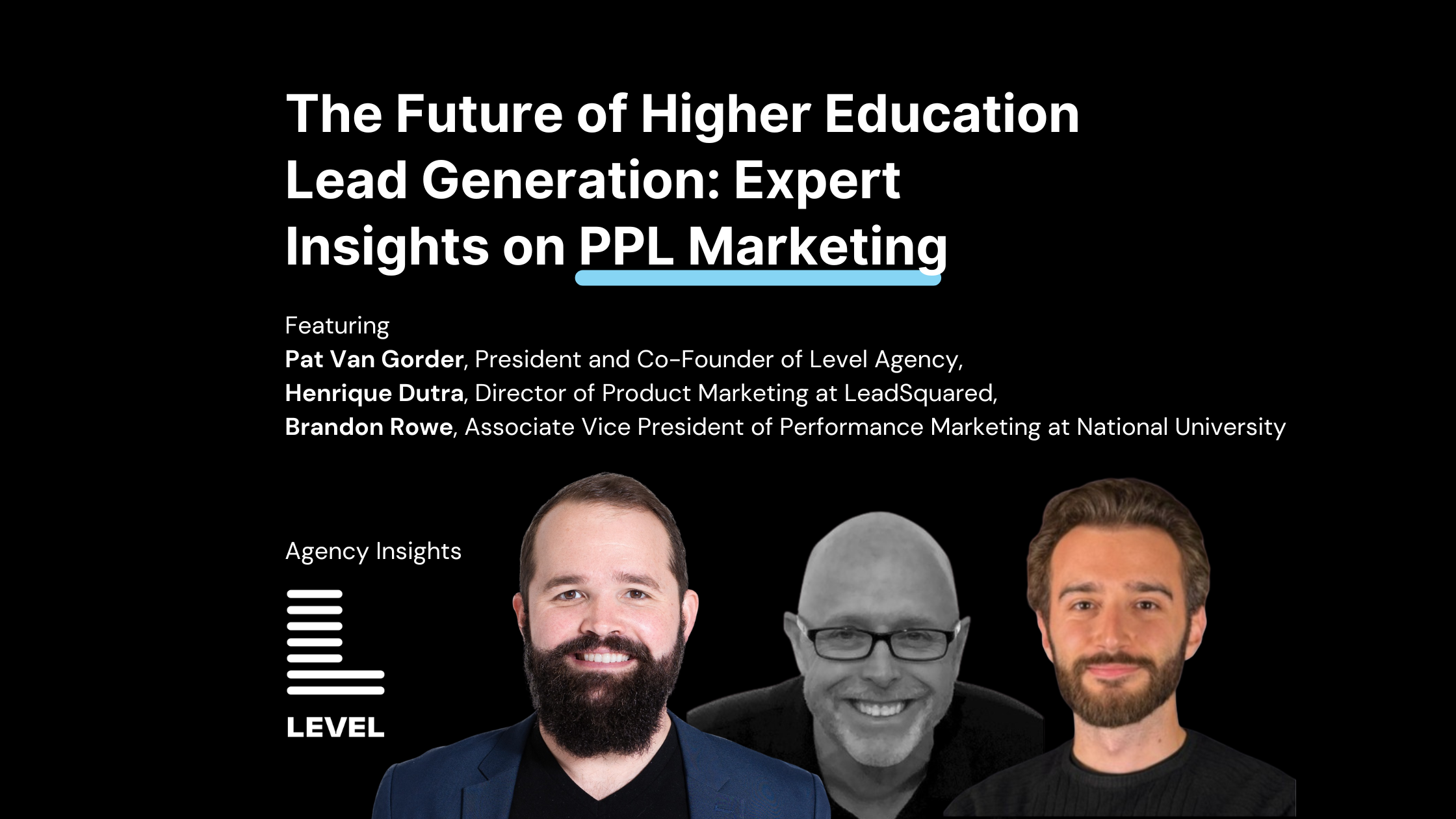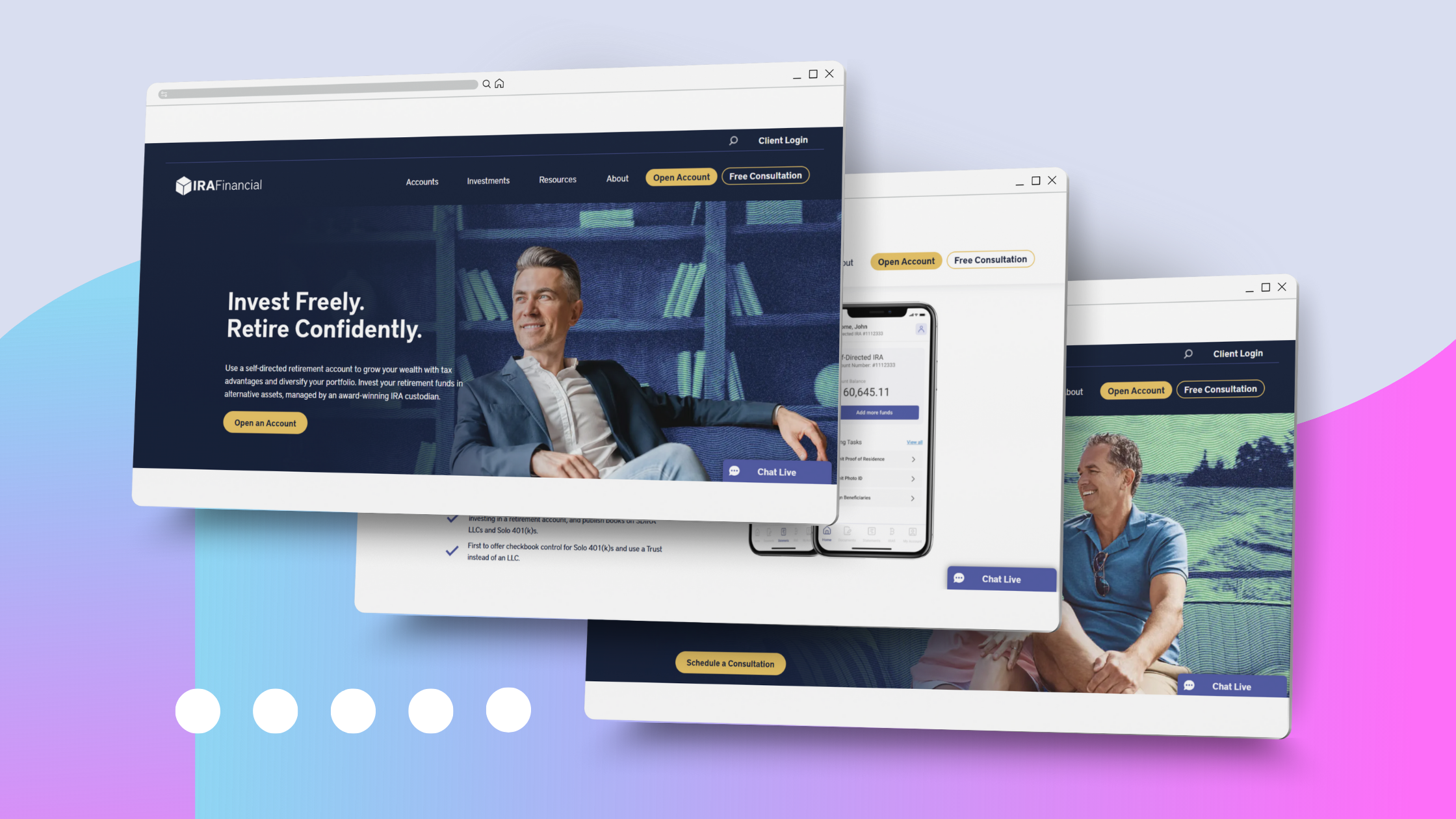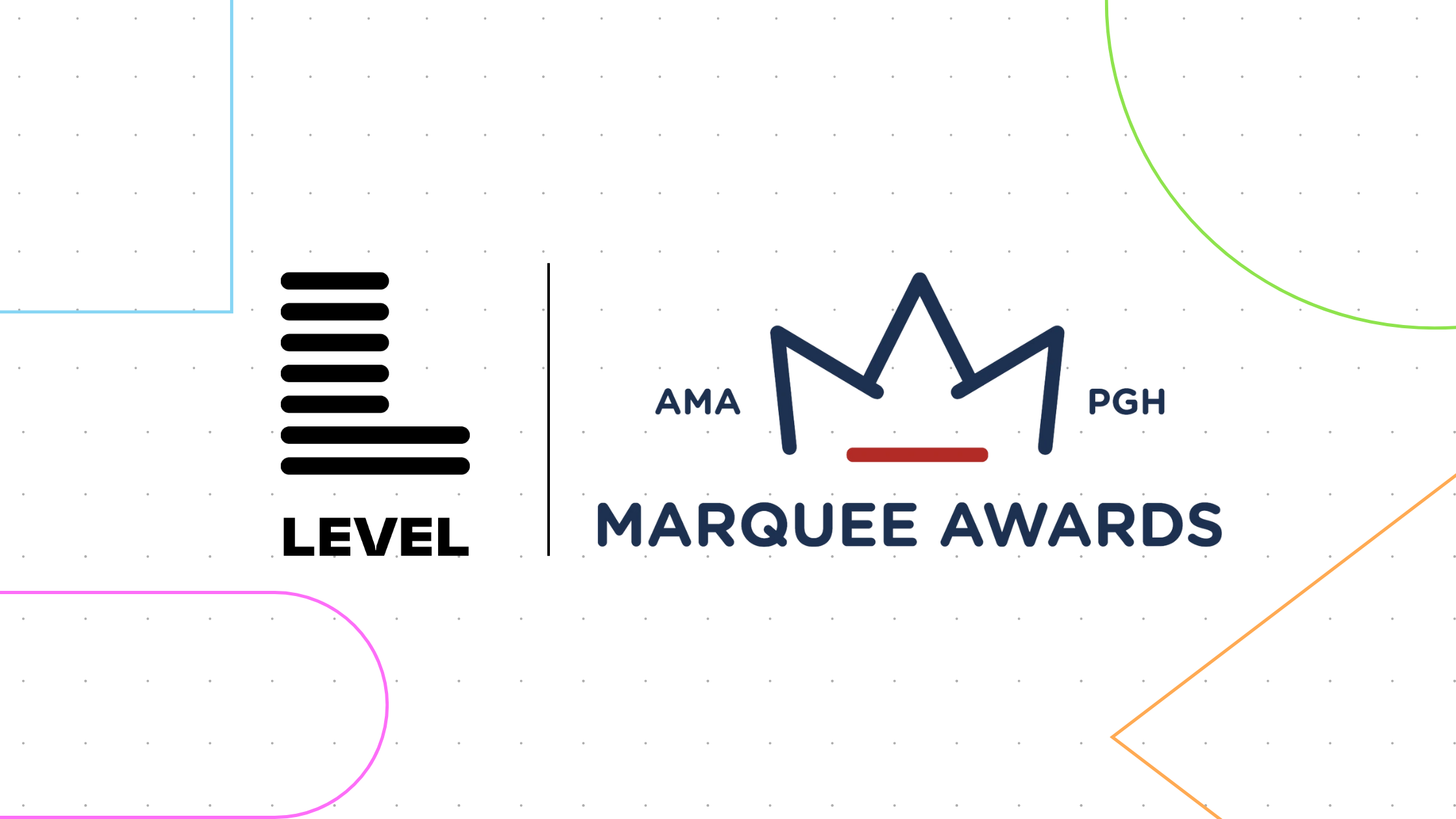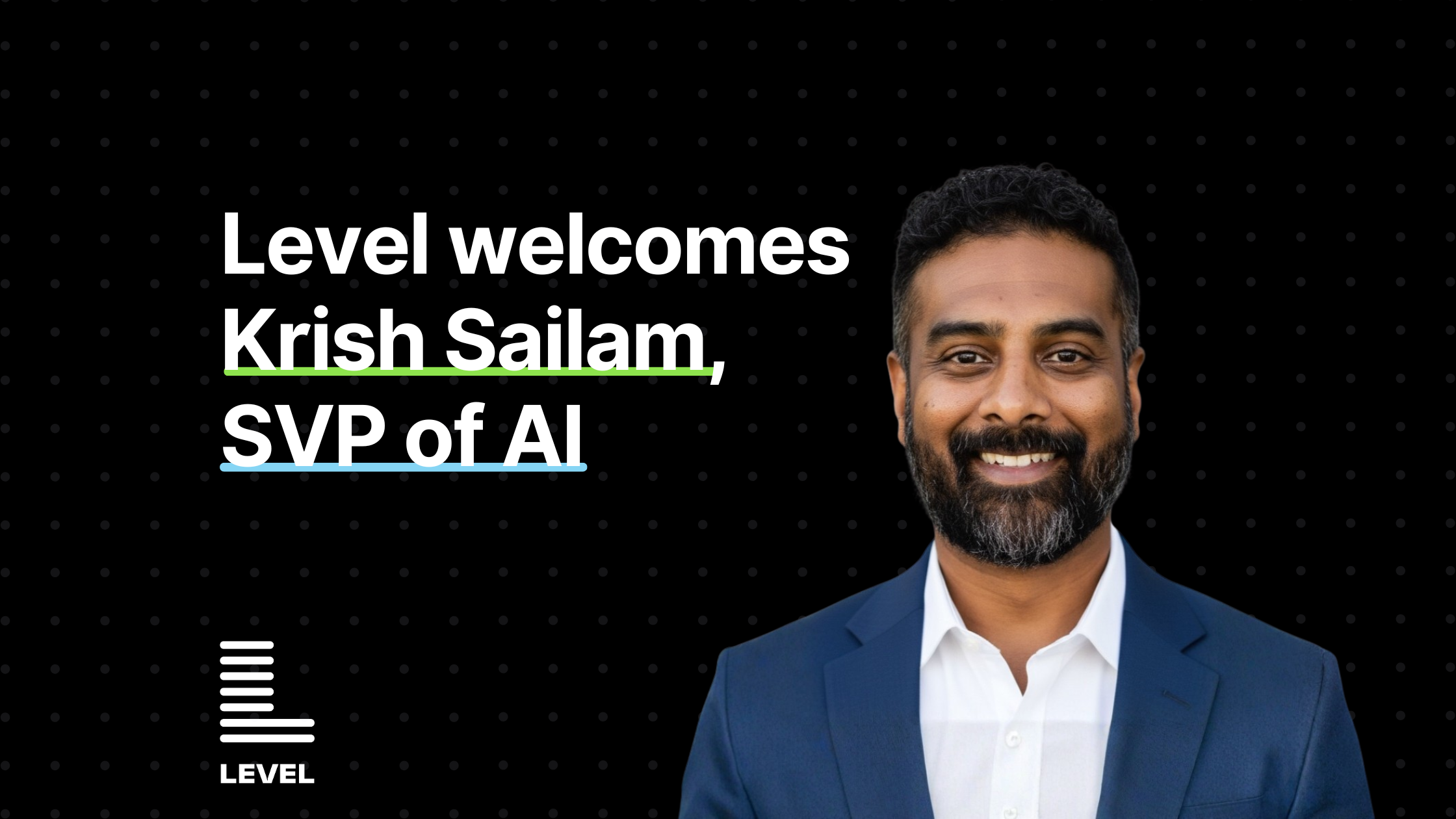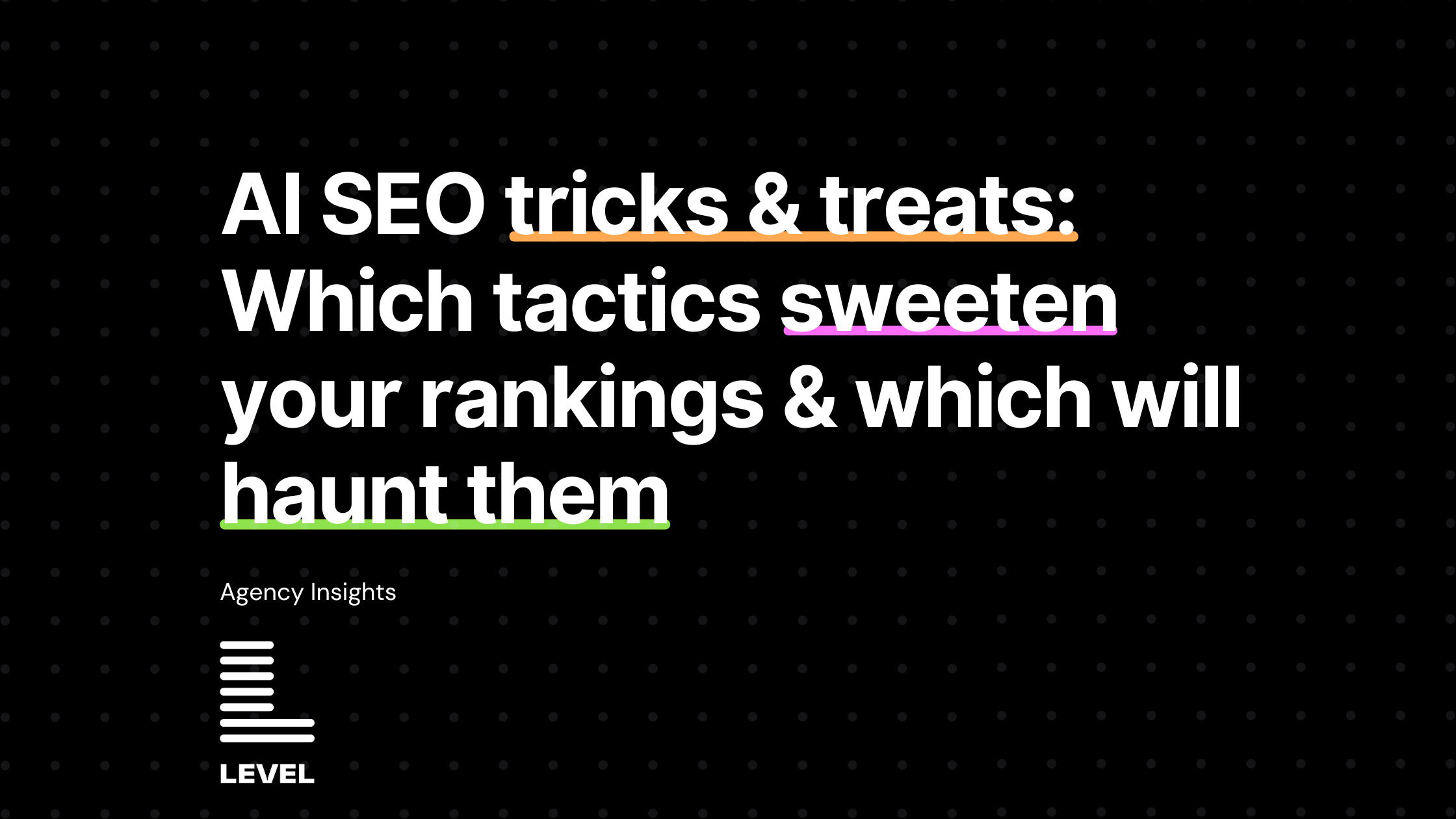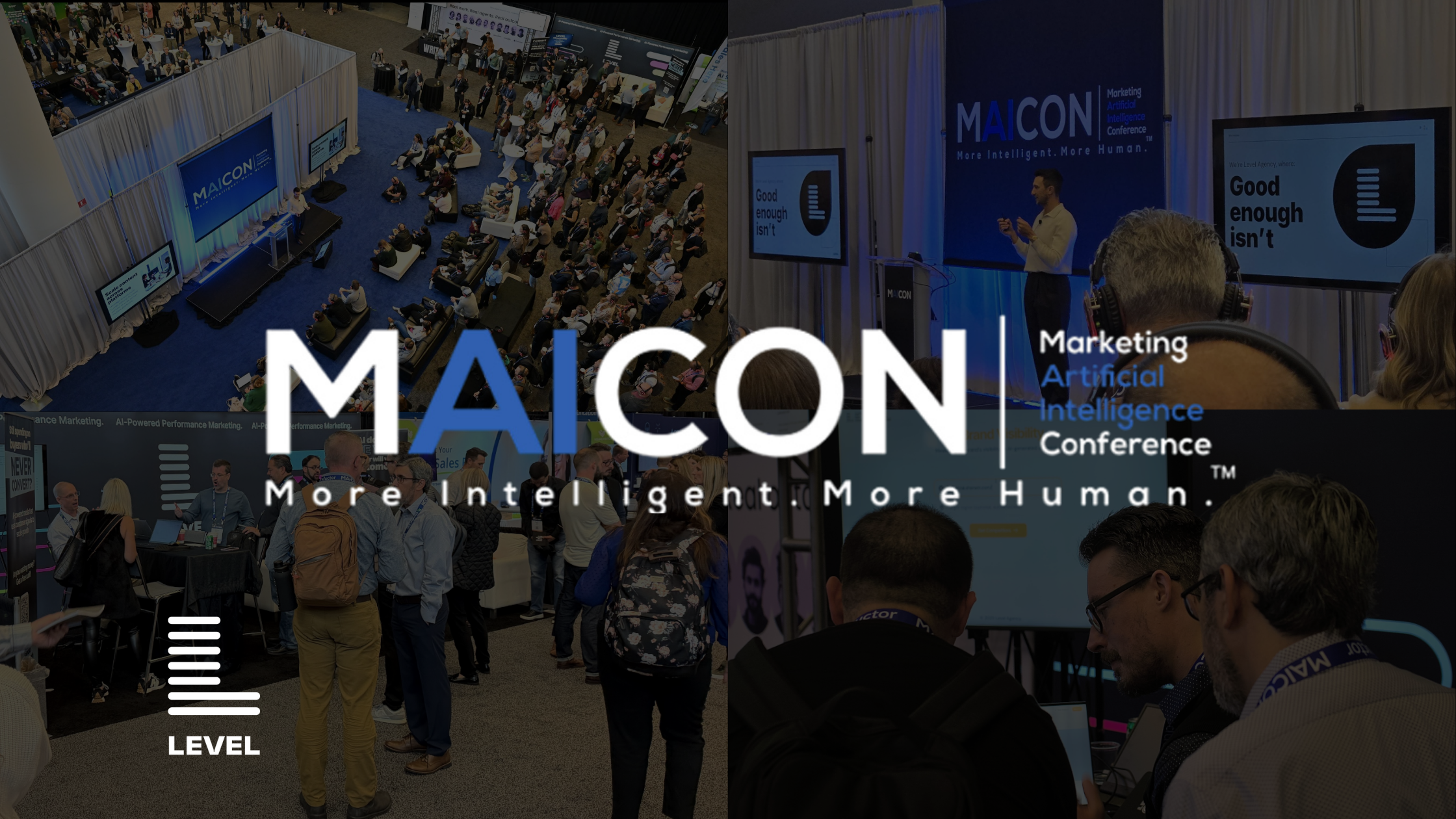With student behavior shifting and regulations tightening, is Pay-Per-Lead (PPL) still a viable student recruitment strategy? In today’s competitive environment, higher education lead generation demands more than volume—it requires precision, personalization, and smarter channel integration.
At this panel, experts explored not just what’s broken with traditional PPL models, but what needs to evolve in higher ed marketing. Featured in this panel are insights from:
- Pat Van Gorder, President and Co-Founder of Level Agency, who brings deep expertise in higher education performance marketing
- Henrique Dutra, Director of Product Marketing at LeadSquared, whose decade of experience in bringing products to market fuels his passion for smart lead management systems.
- Brandon Rowe, Associate Vice President of Performance Marketing at National University, who draws on a rich background leading media, SEO, influencer, and digital content strategies across industries.
What’s the biggest challenge with paid media today?
The panel quickly aligned on a central truth: PPL no longer performs as effectively as it once did for higher education lead generation.
Rising costs and lower conversions
Costs have been rising sharply, with CPLs reaching $200 for typical institutions and up to $1,000 for specialized ones. Conversion rates have dipped, with PPL averaging around 2% compared to 4-5% for first-party leads. Alarmingly, about 50% of purchased leads don’t engage at all.
Lead overlap and regulatory challenges
Vendors often supply identical leads to multiple institutions, diminishing their value. Moreover, looming higher ed marketing regulations like the one-to-one consent rule could fundamentally reshape the landscape.
Rowe emphasized operational readiness, pointing out that enrollment teams must be prepared for the distinct nature of PPL leads. At his previous institution, creating a dedicated call center specifically for PPL inquiries significantly improved outcomes.
Van Gorder highlighted the importance of tailored strategies, noting that treating all leads identically only widens the performance gap.
How do the numbers reveal the shift in pay-per-lead performance?
The panel shared compelling data points to illustrate the economic shift:
- Average CPLs have climbed to around $140 overall, nearing $200 for graduate programs.
- Level Agency clients see an average CPL of $96 across all paid sources, with PPL-specific CPLs at $60.
- PPL enrollments have dropped to just 4% of total enrollments, down from over 8%.
Rowe advised a more nuanced analysis of media mix. Separating branded from non-branded search is crucial, as is watching for enrollment teams cherry-picking higher-performing leads. Tools like lead scoring and proper attribution models are essential to getting accurate insights.
Why is PPL struggling in the current landscape?
So, what’s really behind the dip in PPL performance? It’s not just one thing—it’s a combo of changing student habits, stricter rules, and smarter tech. These shifts are making it harder for traditional lead-gen models to keep up.
Regulatory changes
The push for one-to-one consent is disrupting monetization, prompting aggregators to adjust their approaches.
Technological shifts
Brands now leverage advanced tools like Performance Max and AI-driven bidding strategies to capture search demand directly, decreasing reliance on third-party aggregators.
Behavioral shifts
Students are increasingly self-directed, conducting thorough research and visiting institutional websites directly rather than filling out generic lead forms.
Organic search challenges
Generative AI has significantly impacted organic traffic, causing declines of 16-20%. To compensate, institutions like National University have increased their search spend by 10-25%.
How should you rethink budgeting and expectations around PPL?
To stay competitive, brands need to integrate PPL within a broader media strategy rather than viewing it in isolation. This means shifting focus from cost per lead (CPL) to metrics like cost per application (CPA) and cost per start.
Media mix modeling reveals that even PPL contributes to brand impact, yet this value is often overlooked. Vendors should be challenged to demonstrate how their efforts support broader brand objectives, not just lead volume.
While quality leads are critical, maintaining quantity for optimization purposes remains important. The panel agreed that a balanced mix of PPL and higher-impact channels like Performance Max, TikTok, and influencer campaigns offers the best path forward.
What tactics actually improve PPL results?
To improve outcomes from PPL, the panel recommended several strategies:
- Scrutinize vendors: Understand their consent processes, lead exclusivity, and sourcing strategies.
- Prioritize speed to lead: Respond within 5-10 minutes to significantly improve conversion rates.
- Implement lead scoring and smart routing: Focus your teams on high-propensity leads.
- Automate nurturing: Platforms like LeadSquared help maintain engagement with less manual effort.
Rowe emphasized the importance of segmenting lead scoring by degree level and integrating these insights across marketing, admissions, and student experience teams. Using internal prioritization tools rather than relying solely on vendor-driven adjustments ensures greater control and effectiveness.
Lead scoring should inform not only initial engagement strategies but also predict student success and inform long-term strategies.
What will PPL look like in 2025?
Industry evolution
Rowe predicted that PPL vendors must innovate or risk obsolescence. With smarter AI and data strategies, advertisers will become more discerning, expecting their partners to contribute to brand-building efforts, not just transactions.
Data ownership and personalization
Enrique highlighted the end of third-party cookies and the tightening of data regulations. Brands will need to build their own databases and rely on AI to deliver personalized, high-quality content that differentiates them in a crowded marketplace.
Practical takeaways from the Q&A
The Q&A session crystallized key action points for marketers looking to future-proof their PPL strategies:
- Prioritize Better Metrics: Move beyond CPL. Focus on deeper funnel metrics like CPA and cost per transfer to understand true lead value and effectiveness.
- Clarify Data: A clear understanding of your data is crucial. Use it to drive smarter decisions and optimize both budget allocations and lead nurturing strategies.
- Monitor Early Indicators: Cost per transfer, the spend divided by the number of leads successfully transferred to call centers, serves as an early quality indicator that can guide immediate adjustments.
These insights underscored the importance of agility and data literacy in modern enrollment marketing.
Closing thoughts
While PPL is evolving rapidly, the future isn’t bleak for those prepared to adapt. Smarter strategies, AI-driven tools, and a balanced, thoughtful approach to media spend can continue to deliver meaningful results for education marketers.

